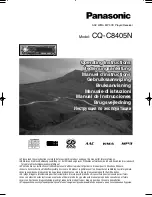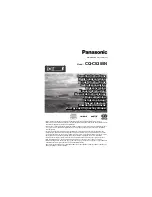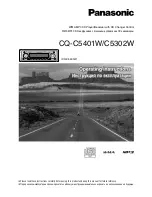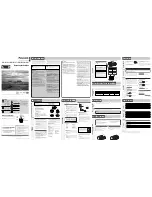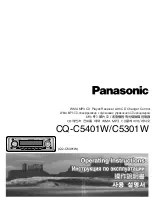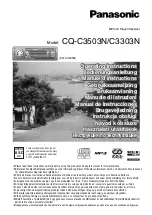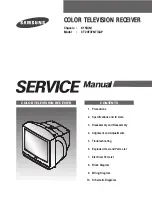
Appendix E - About Trunked Radio Technologies
In communications,
trunking
is defined as the sharing of a small
number of communications resources amongst a large number
of users. Trunking is based on the basic principle that “not all
users will need to communicate at the same time”.
The best example of trunking in communications is the typical
telephone
private branch exchange
, or
PBX
, which is used in
many businesses, hospitals, schools and other organizations to
provide desktop telephone service to the people who work at a
specific building or site.
A traditional PBX might consist of the individual telephones on
the desktops in the building, the PBX switching equipment, and
various connections to the public telephone switched network, or
PSTN.
Consider a large office facility for a company with 500
employees, each one with a telephone on their desk. Using their
telephone and the PBX, it is possible for any employee to call
another employee
ʼ
s extension in the office building, and, it is
possible for any employee to make an outside call to any other
telephone anywhere in the world.
It would certainly be cost prohibitive for each of these employees
to have an individual outside telephone line just so they could get
dial tone and make calls to other telephones beyond the
company
ʼ
s PBX. This is where trunking technology is applied.
Engineers study the needs of the company and its employees to
determine the number of connections required to support the
company
ʼ
s requirements. In this example, a total of 50 outside
lines may be provided to support the 500 employees who work at
the site, again, based on the principle that not all users will need
to communicate at the same time. These outside lines are
shared, and assigned to users automatically by the PBX on an
as-needed basis. If the engineers have done their jobs right, the
number of outside lines that are provided will be adequate for
almost all circumstances. Rarely, if ever, should a user in the
building not have access to an outside line when needed, and
the number of lines available is not overkill, such that money is
wasted on unneeded excess capacity.
In radio, trunking works in a very similar way. Instead of each
radio user or user group having their own dedicated radio
channel, a small group of radio channels is shared amongst a
PSR-500 User Manual
Page
126
Summary of Contents for PSR-500
Page 138: ...PSR 500 User Manual V1 9 138...




























